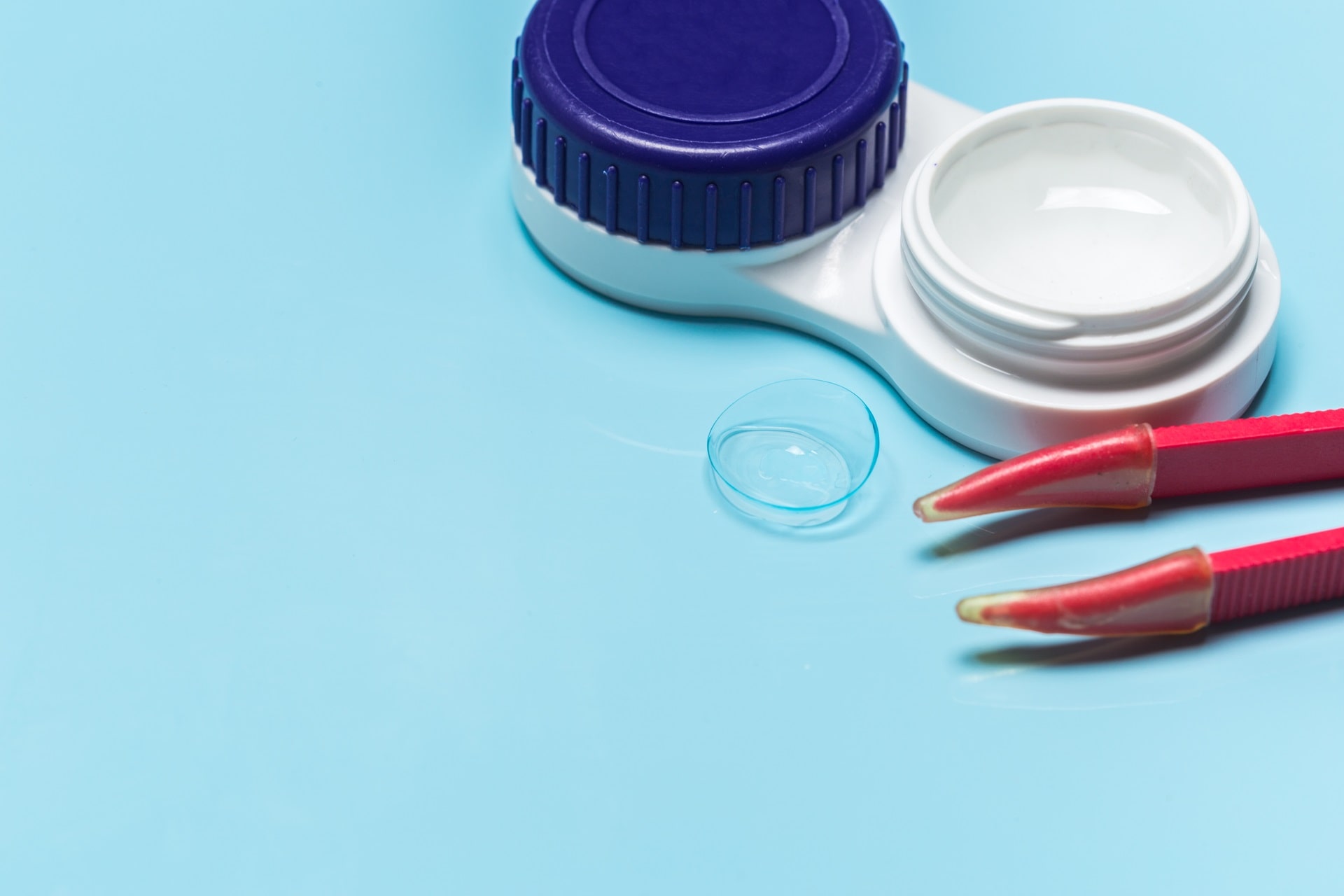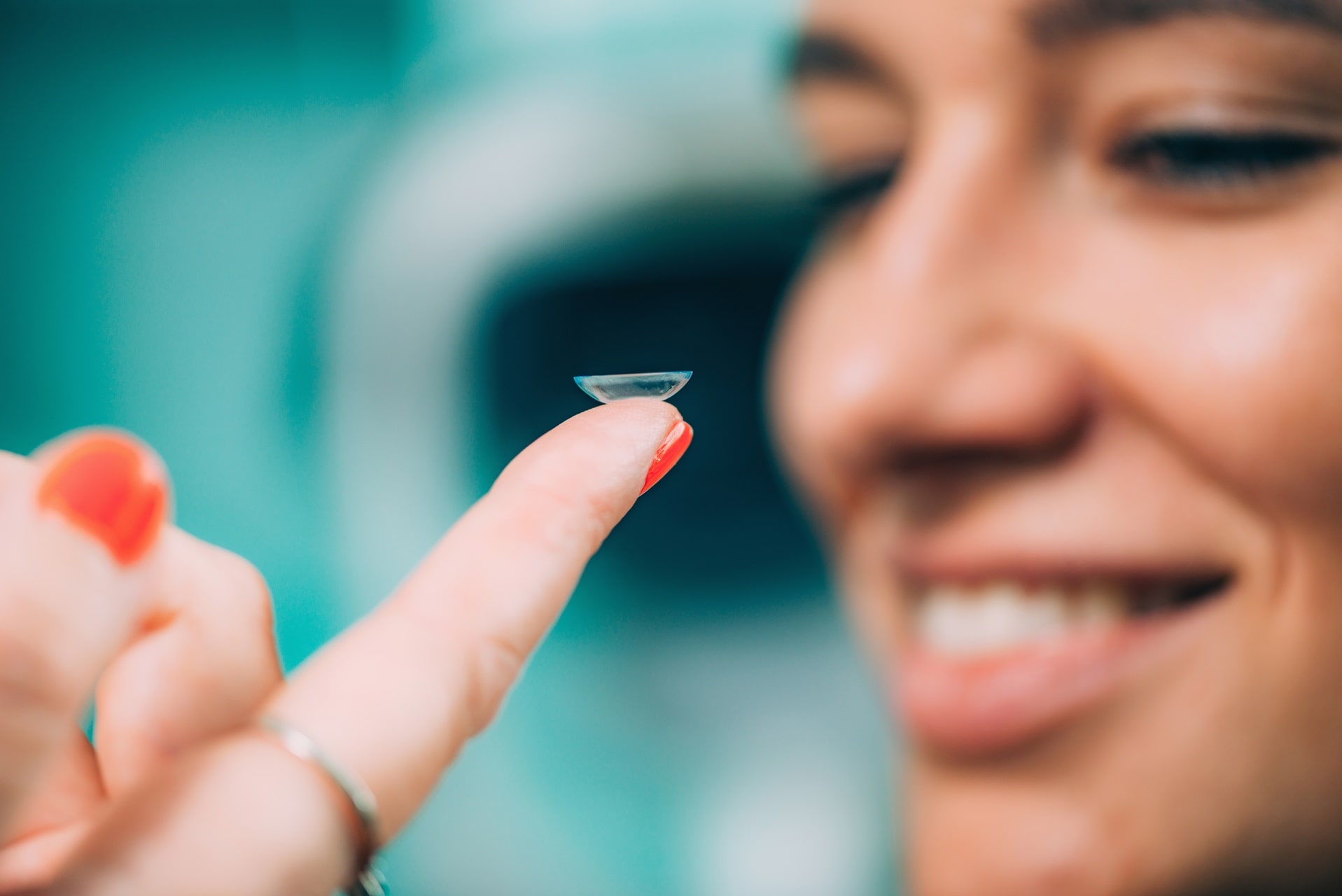Contact lenses are used to correct certain visual defects or to change eye color. They can also be used in corneal diseases. Contact lenses can be preferred instead of glasses to correct visual defects such as myopia, hyperopia, astigmatism and presbyopia.
While myopia patients cannot see far away, hypermetropia patients cannot see near clearly. Astigmatism is the condition of distorted and broken vision caused by the light falling on multiple points on the retina. Astigmatism may be due to the cornea or the natural lens inside the eye. Prespieopia is a nearsightedness that occurs after the age of 40 due to a decrease in adaptability.
Although contact lenses are commonly used to correct visual defects, they are also used to change eye color. In other words, they can also be used for aesthetic and cosmetic purposes. In addition, contact lenses have been developed for the treatment of corneal injuries.
The right contact lens can be prescribed for the patient after a detailed examination by a specialist in line with the needs of the person.

Consult a doctor before choosing contact lenses
People who will choose contact lenses should definitely consult an ophthalmologist. After a detailed examination, the doctor determines the type, grade, base curve and diameter of the lens that can be used. It is determined whether the patient is suitable for contact lenses.
Your doctor will show you how to wear contact lenses
For first-time lens wearers, putting the lens in and out of the eye may seem challenging. A specialist physician will help you in this regard. You should learn from your doctor how to put the lens in and out of the eye and how to store the lens. Lens use requires great care. Therefore, you should pay attention to the hygiene of the containers in which the lens will be kept and the cleanliness of your hands while wearing the lens. If daily lenses will be used, there will be no need for storage as the lens will be removed and discarded at the end of the day.
Contact Lens types and usage areas
- Spherical contact lens: Used to correct visual defects such as myopia and hyperopia.
- Toric contact lens: Used for the correction of astigmatic visual defects.
- Multifocal contact lens: After the age of 40, it is a soft contact lens used for the correction of near vision problems.
- Gas permeable contact lens: It is a hard lens used in cases such as high astigmatism or keratoconus due to the cornea.
- Hybrid contact lens: It is a lens with a hard center and soft periphery used in astigmatism or keratoconus.
- Colored contact lens: A soft contact lens worn to cosmetically change the color of the eye.
- Therapeutic contact lens: A soft contact lens used to treat wounds on the cornea.
Characteristics of contact lenses
- Provides a wider field of vision than glasses.
- There is no frame to prevent edge vision.
- Provides better depth perception than glasses.
- It provides a natural appearance and it is not understood that there is a lens in your eye when looking from the outside when using transparent lenses.
- Provides more comfortable use than glasses. Problems such as wetting and fogging in glasses are not experienced.
- There is a risk of glasses falling out of the eye, but there is no such situation in the lens.

Things to Consider When Wearing Lenses
- Some contact lenses are specially manufactured for monthly use. Despite this, it is not recommended to keep the lens for 1 month and sleep with the lens.
- It may be inconvenient to enter the sea and pool with contact lenses. When contact lenses are used incorrectly, germs can attach to the cornea and cause serious eye infections. For this reason, contact lenses should be used carefully, carefully and correctly.
- If redness or stinging sensation occurs in the eye during lens use, the lens should be removed immediately and the person should consult a doctor as soon as possible.
You may be interested in: What to look for when buying colored lenses?








